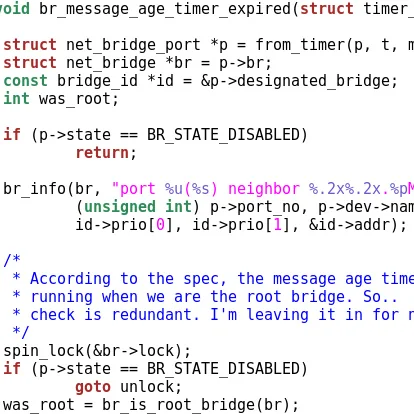Blender Eyes Raising Its CPU Requirements

Blender Developer Community Coordinator, Thomas Dinges, kicked off a discussion today over bumping the minimum CPU requirements for running Blender. As it stands now Blender requires an x86/x86_64 CPU with SSE2 or newer for enjoying this excellent free software.
While requiring Advanced Vector Extensions (AVX) is expressed as a possibility and would make sense and be beneficial for this heavy 3D modeling software, what is being discussed now is raising the SSE2 requirement to SSE4.1.
Requiring SSE4.1 is far less controversial than trying to mandate AVX for Blender while allows for a slightly newer baseline than the current SSE2 requirement. This could help with better performance of Blender and also shorter build times since right now the Blender Cycles renderer compiles separate kernels for SSE2, SSE3, SSE41, AVX, and AVX2.
Blender could require Intel Penryn CPUs or newer, which is still a rather modest requirement for this heavy content creation software.
SSE4.1 has been around since Intel's 45nm "Penryn" processors in 2007. For AMD processors it's with Bulldozer and newer having full SSE4.1 support.
Raising Blender's requirements to AVX will likely be evaluated at a later point while requiring at least SSE4.1 seems like a fairly safe move as we roll into 2023.
In the discussions over this raise it was also talked about to potentially side with the x86-64 micro-architecture feature levels, which at x86-64-v2 would mandate not only SSE4.2 but also CMPXCHG16B, LAHF-SAHF, POPCNT, SSE3, SSE4.2 and SSSE3.
The current discussion over raising Blender's CPU requirements can be found via this Blender DevTalk thread.

